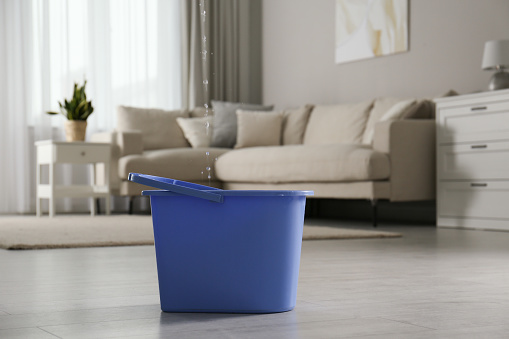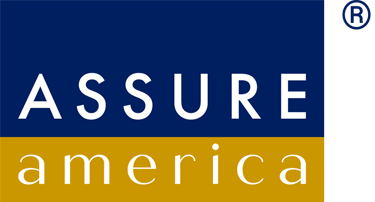By Erie Insurance, Greg Bengel
It’s a fact of life that water backs up, overflows, floods and generally goes where it doesn’t belong.
Are you worried about water ruining your home? If so, the following list can help you spot – and fix – some of the most common home water damage problems. Some you can tackle on your own, but others are best left to the pros.
And since nothing is foolproof, extra insurance coverage can help if water still seeps in.Talk to an independent insurance agent, such as your local ASSURE agent, about available add-ons to your homeowners insurance that can expand your protection to include different types of water damage.
HOW CAN YOU PROTECT YOUR HOME FROM WATER DAMAGE?
The problem: Plumbing failure from frozen, rusted or leaky pipes
The fix: Remember, an ounce of prevention really is worth a pound of cure. Look for any telltale signs of leaks like unusually high water bills, mold or mildew growth, water stains on walls and warm spots on your floor. To prevent frozen pipes, keep your home’s temperature no lower than 55 degrees. Read more about what every homeowner should know about frozen pipes.
Level of difficulty: Easy – if you know what to look for and stop a minor problem before it becomes a bigger one.
The problem: Plumbing drain system failures
The fix: Drain system failures are more common when your local storm water system is tied to your home’s sewer system. To prevent problems, install a backflow prevention assembly in your drain system. Also, remember to refrain from pouring grease down your drain; instead, let it cool before bagging and trashing it.
Level of difficulty: While grease disposal is a no-brainer, it’s best to seek professional help installing a backflow prevention assembly.
Bonus tip: If you’re an ASSURE customer, ask your agent if your homeowners policy includes Sewer or Drain Backup coverage. Learn more about your homeowners policy here or contact us today!
The problem: Weak washing machine hoses
The fix: Replace hoses every five years – and choose a reinforced steel-braided hose over a less durable rubber hose. And if your washer has seen better days, it might be time to replace the whole thing to prevent bigger issues. Learn more in our related post about when to replace major appliances, by ERIE.
Level of difficulty: Replacing a hose is a moderate job, if you’re somewhat handy. Otherwise, call your plumber.
The problem: Water heater failure
The fix: Replace the “sacrificial” anode rod that diverts corrosion away from the tank at least once every two years. Also, flush your tank every six months to prevent sediment buildup. (This is especially important if you have hard water.) Read more about Why Water Heaters Fail.
Level of difficulty: Relatively easy. If you’re not handy, leave it to your plumber.
The problem: Pooling water against the wall of your house
The fix: Redirect the water with a water with a waterproof membrane or a French drain (a ditch in the ground inset with a perforated pipe that’s then covered with a layer of gravel). Learn more Q&A about French drains provided by, ERIE.
Level of difficulty: While adding the membrane isn’t a difficult job, a French drain installation is best left to the pros.
The problem: Weak roof coverings that let rain water seep in
The fix: Seal your roof to add an extra barrier against the water. Replacing a roof is one of the most expensive things a homeowner will encounter, so it’s also a good idea to understand how homeowners insurance can (and can’t) pay to replace a damaged roof.
Level of difficulty: Difficult as well as dangerous – leave any roof sealing jobs to a licensed roofer.
DON’T LET WATER DAMAGE SOAK YOUR WALLET.
Even the best precautions can’t prevent all home water damage. That’s why it helps to have the right insurance coverage to get life back to normal.
Talk to your local Assure America agent to learn about your options to insure your home against flooding or other water damage2.
- Sewer or Drain Backup coverage covers loss caused by water or sewage that backs up through sewers or drains or overflows from a sump pump. Eligibility may be subject to underwriting guidelines.
- Extended Water Coverage endorsement does not satisfy mandatory flood insurance coverage should it be required by your federally regulated lender for your home mortgage or loan. This insurance product is not affiliated with the National Flood Insurance Program. Not available in all states. Available only in VA, and IN.



Post Your Comment